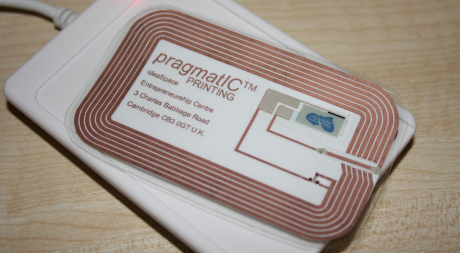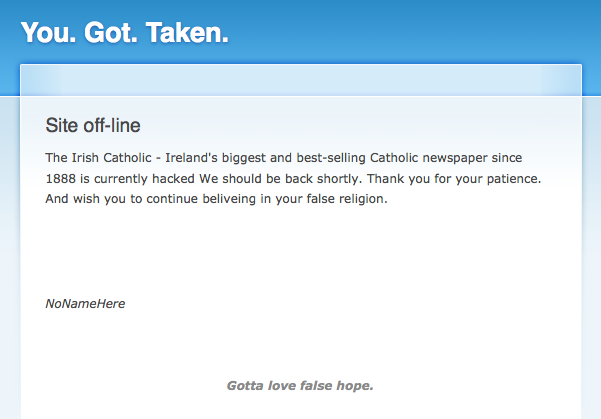Investigative reporter Duncan Campbell reflects how 9/11 has torpedoed resistance to intrusion and undermined privacy rights born of earlier struggles. It may, irreversibility, have changed the way we think.
9/11 was a savage nightmare that took too long to happen for some in the West.

For 12 fallow years, from the fall of the Wall to the fall of the Towers, there was a brief golden period in which no great common enemy menaced all unseen beyond the distant horizon. There was no simple spectre of fear on which to construct, fund and operate surveillance platforms, or reason to tap data funnels into society’s communications and transport arteries.
Through the ’90s, in debates about the control of communications and electronic security measures – amid a US-led hue and cry for government control of all cryptography (remember the “Clipper Chip“?) – the “what if” question hung always in the mouths of the proponents of more control. What if terrorists had a nuke? A new virus to plague civilisation?
But the bad guys largely stayed off stage. The inter-Irish conflict that had dogged the UK had subsided into a peace process. There was a global terrorist shortage.
Then the catastrophe hardliners had secretly longed for was on everyone’s screens, providing the justification for rafts of intrusive new surveillance measures. The common criminality that caused carnage in New York and Washington was elevated to a war that became the GWOT, the global war on terror that endures today.
It seems that on that day, and for the sake of that war, civil society’s power to control surveillance of the wired world has eroded, and with it the moral authority to impose controls on what shall be done in security’s name. The zeitgeist has changed.
Much aided and abetted by the internet giants‘ readily expressed contempt for privacy in the rush to monetise their customers and their customers’ data, the long-term legacy of 9/11 is that new generations are being schooled to no longer see or understand why control of personal information may really matter, and why in history it does and did matter.
“Warrantless wiretapping” of the internet and other intrusions have become a fact of life. When secret agreements made by the US National Security Agency (NSA) to access American telephone and cable networks started to become public in 2005, it was soon apparent that they had been made unlawfully, on the basis of questionable and undisclosed secret authorities from the Bush White House given after 9/11.
Privacy advocates fight back
But when lawsuits started by the Electronic Frontier Foundation and other privacy advocates started to gather traction, the rules were changed. Supported, sadly, by Senator Obama before his election, the lawmakers handed out get-out-of-jail-free cards indemnifying the communications companies and their executives from prosecution and lawsuits. GWOT was their trump card.
Once, we did understand. Twenty-five years ago, Independent science correspondent Steve Connor and I wrote a tome about Britain’s Databanks and the effect of growing data processing on civil society. Steve had located Britain’s first ever vehicle Automatic Number Plate Recognition (ANPR) device, a washing-machine-sized contraption planted on a motorway bridge near St Albans. It heralded the potentially tyrannical ultimate development of a nationwide movement surveillance. We both reached for and proclaimed words from early reviews of data protection laws that had warned that new sensors and new software such as free text retrieval (FTR) raised “new dimensions of unease”.
A quarter-century on, these words are all but unsayable. The thoughts no longer fit the world. Every sort of record is analysed in every way. A vast nationwide ANPR network is in place and growing every week, collating years of movement records in a Hendon database for potential analysis for any purpose. Every traveller, whether of current interest or not, has her or his movements logged. There was no parliamentary debate. Only on one occasion, in Birmingham, has an ANPR network been rolled back from a community targeted for intense surveillance.
For now, ANPR sensors placed around Britain’s roads remain marginally distinguishable from “ordinary” traffic cameras and CCTV (since they feature infrared illuminators and require at least one camera per lane). But that will change within less than a decade, as the signatures of these and other new surveillance devices vanish to invisibility.
For this writer, the political effect of 9/11 was immediate, personal and direct. Six days before the towers came down, the European Parliament had passed 25 recommendations for securing domestic and international satellite communications from the Anglo–American surveillance system known as Echelon.
I had uncovered and first reported on the Echelon network in 1988. It took a decade more for its significance to become widely known, mainly because of further investigation and revelations by New Zealand investigator Nicky Hager in his book Secret Power.
Although now widely mis-described in web chat as a generalised surveillance octopus, Echelon’s purpose and hardware was quite specific. In 1969, new receive-only satellite ground stations were built in Cornwall, UK and West Virginia, USA, and soon after around the world, to copy and analyse all international satellite communications.
That part of all international communications which was digital – communications addresses, data streams, faxes and telexes – were fed into early text-recognition software, the Echelon Dictionary, and then extracted and fed out.
Article source: http://go.theregister.com/feed/www.theregister.co.uk/2011/09/10/how_september_11_changed_our_world/

